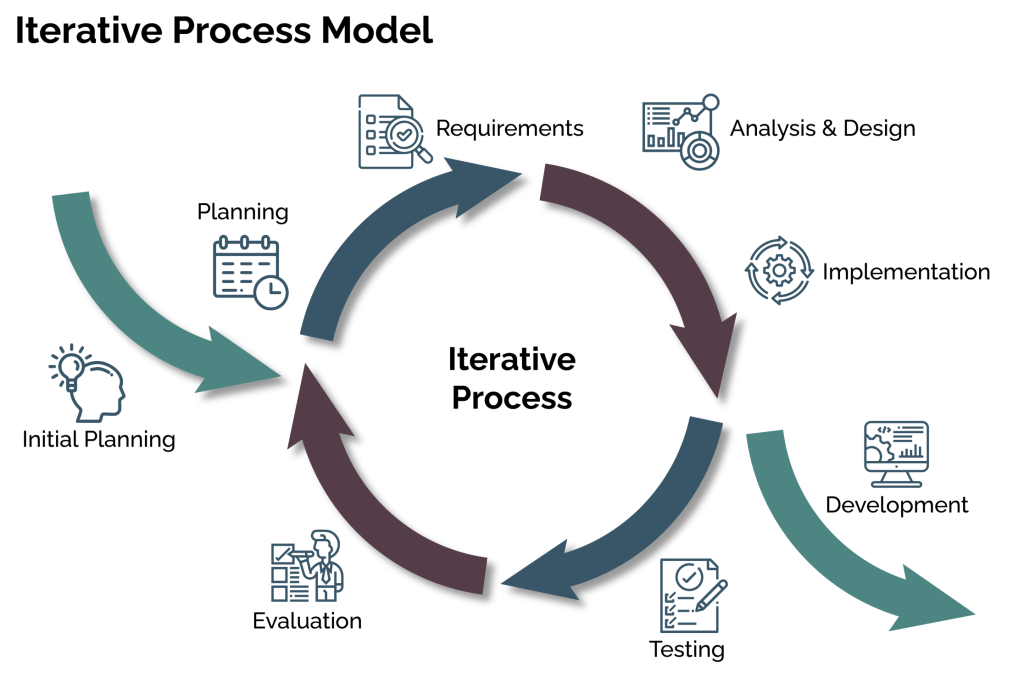Cooking and nutrition is taught every year to build upon and strengthen the children’s skills and understanding.
In KS1, children will explore various food groups and understand the benefits of eating these within their balanced diet. The children will then design and make their own pizzas, making design choices about their ingredients and where they come from.
They will also develop their understanding of the food groups, with a focus on fruits and vegetables. They will develop their cutting, chopping and grating skills and their understanding of food hygiene.
In Year 3 and 4, children will make focaccia bread. Children will taste and evaluate a range of ingredients before making the design choices for their own recipe. The children will investigate where their ingredients come from.
In addition, they will create a healthy pasta salad. The children must ensure their meal is well balanced and nutritious whilst also flavoursome. Children will develop their chopping techniques by using the bridge and claw techniques, in addition to peeling, chopping, draining and grating.
In Year 5/6, the children make a vegetable stew. The children look at how to measure ingredients and follow a simple recipe. They may choose to make design choices and add their own choices of seasoning, vegetables, stock to develop the flavour or texture within their stew.



